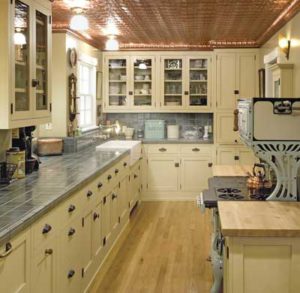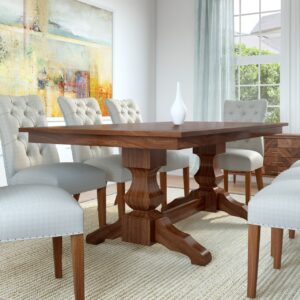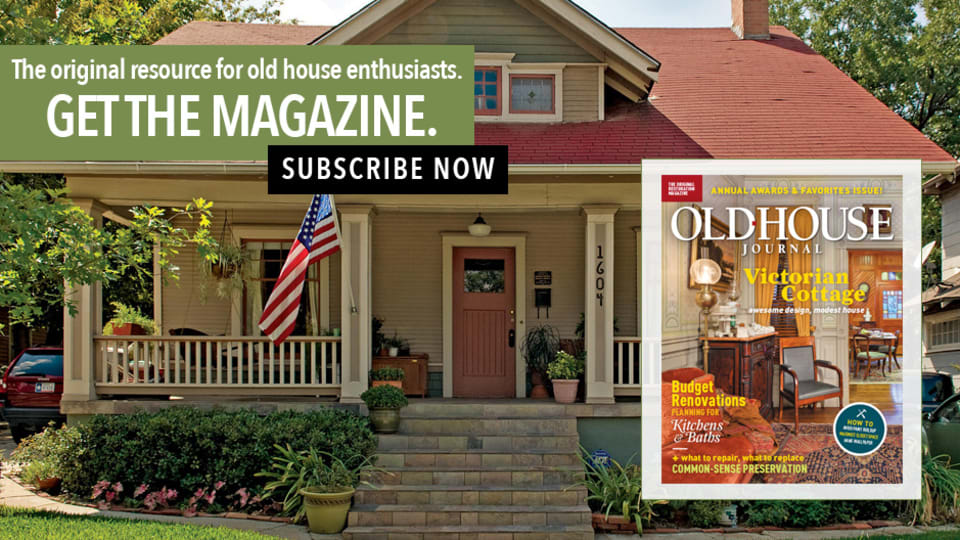What kind of windows are in your old house? This glossary is designed to help you identify and understand the various types of windows commonly found in older homes. From the classic elegance of bay windows to the intricate tracery of Gothic-style lancet windows, we’ll explore the vocabulary of window architecture and terminology.
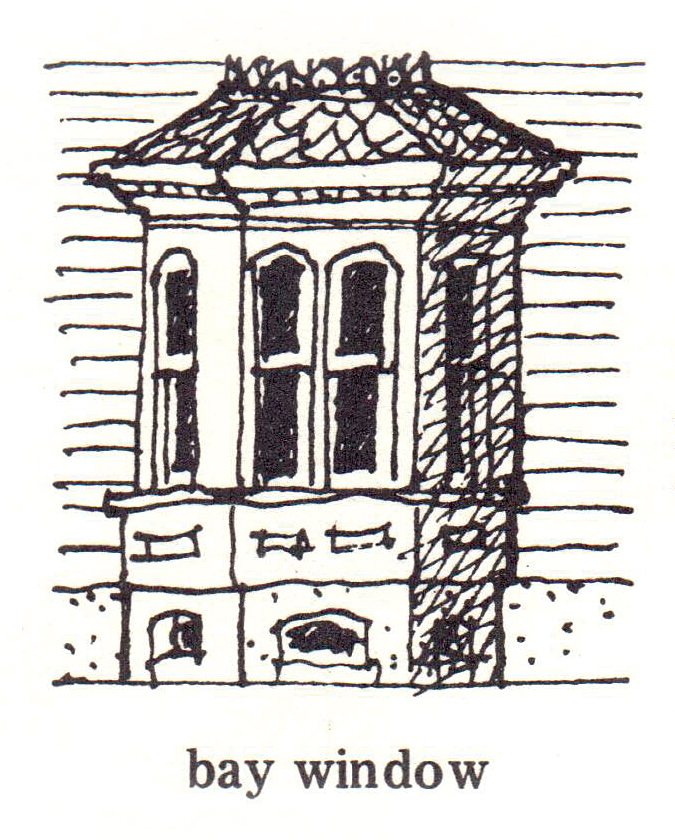
BAY WINDOW
One that projects from the surface of an exterior wall and extends to the ground.
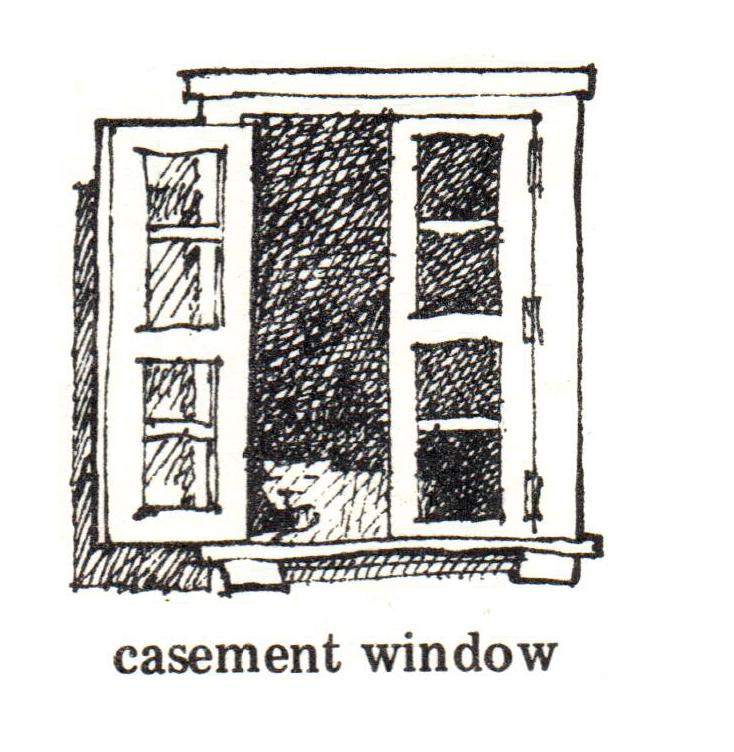
CASEMENT WINDOW
A single- or double-sash window made to open by pivoting on hinges attached to its vertical edge. A very early type of movable window, it’s often found in European Revival styles such as Tudor.
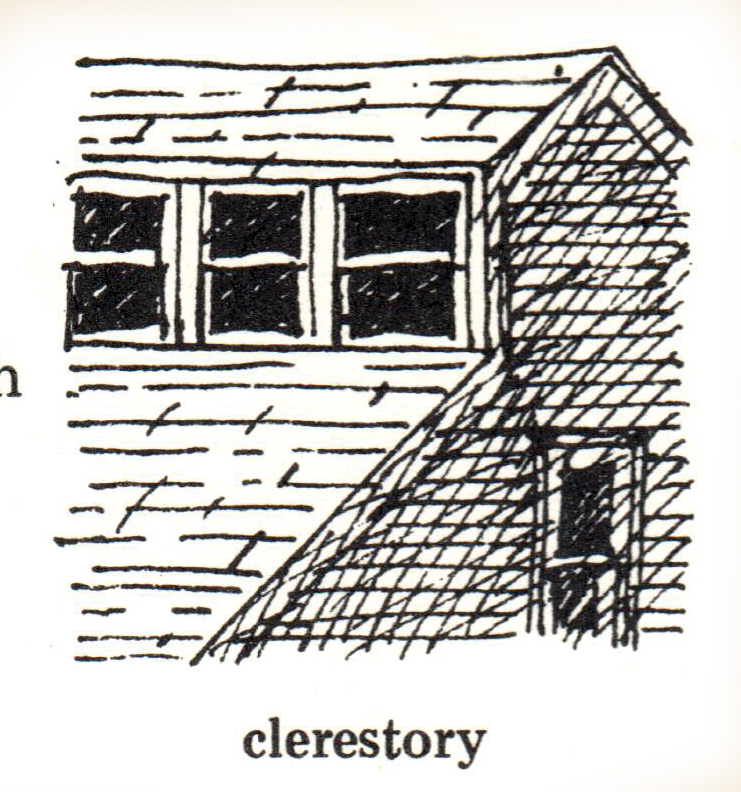
CLERESTORY
A row of windows mounted high in a wall. Often referring to windows high above the nave in a church, it also appears in Prairie School houses. Pronounce it “clear story.”
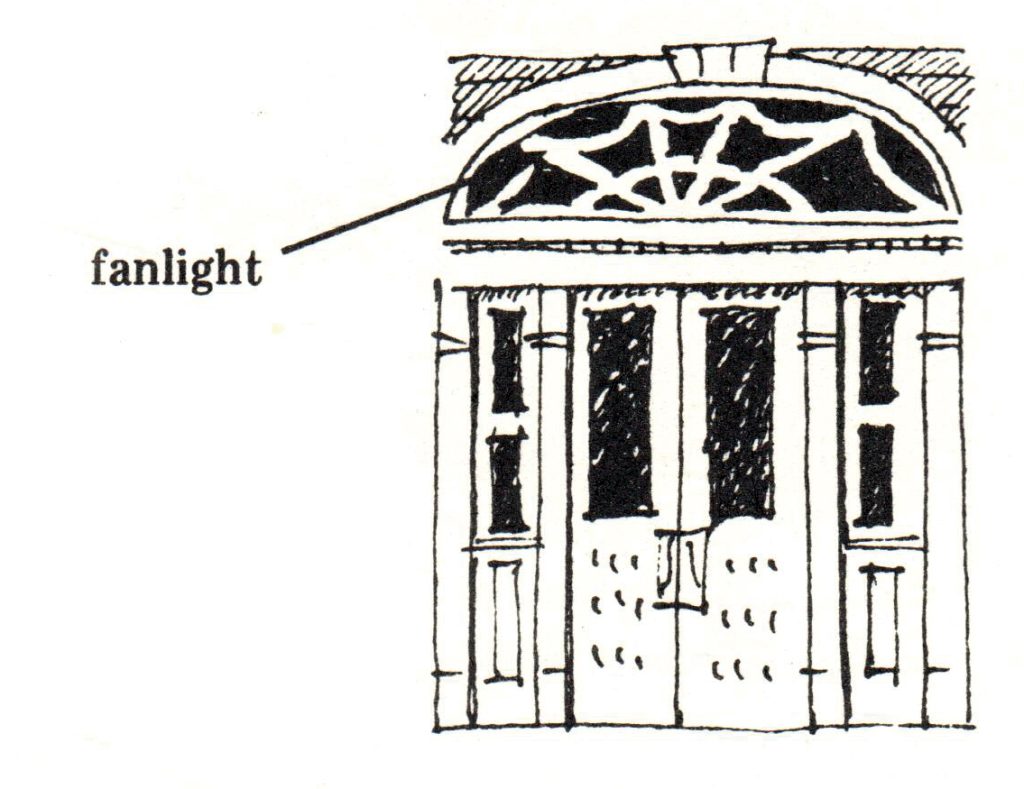
FANLIGHT
An elongated, round-topped transom with tracery or bars that radiate in a fan pattern. Popular in the Federal period.
FENESTRATION
The art of placing window openings in a building wall and one of the most critical design elements.
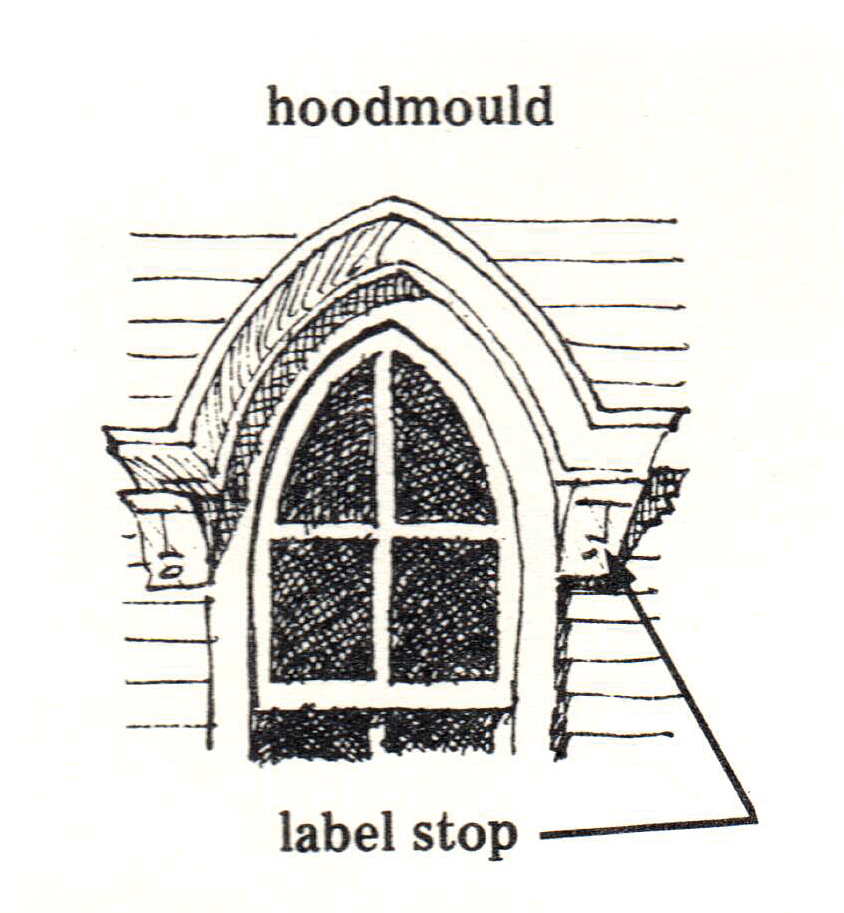
HOODMOULD
The outermost projecting moulding around the top of a door or window, it discharges rainwater. Also called dripmould or label.
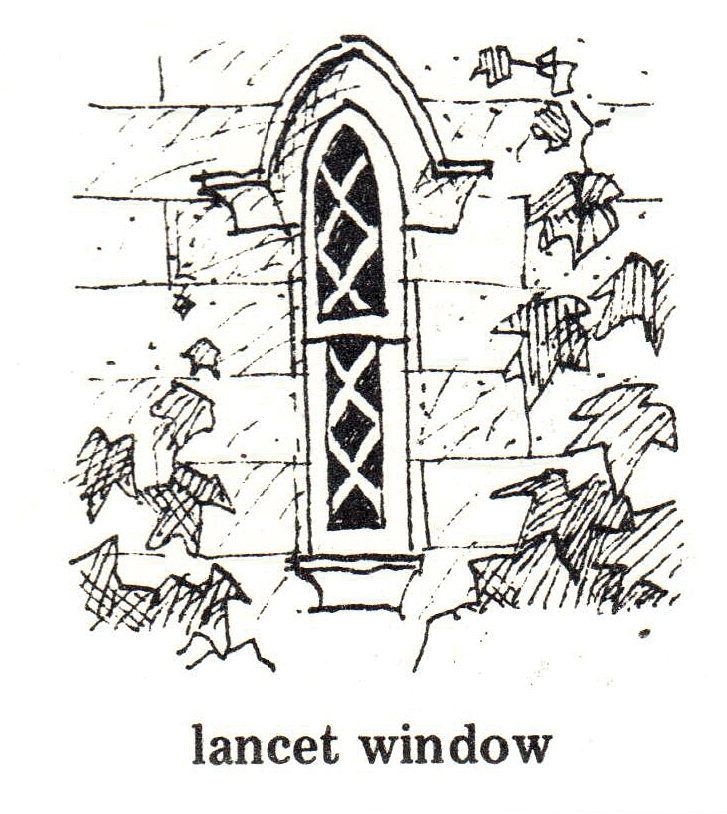
LANCET WINDOW
Characteristic of Gothic style, a tall, narrow window with a pointed-arch top, very often with diamond-shaped lights (panes).
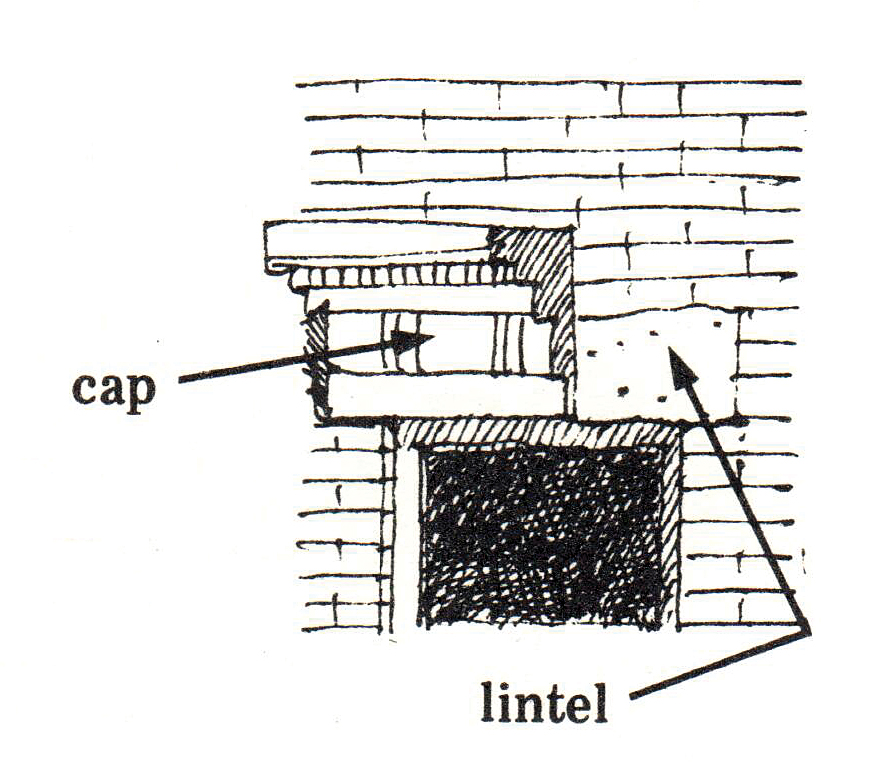
LINTEL
A piece of wood, stone, or steel placed horizontally across the top of window and door openings to support the wall immediately above.
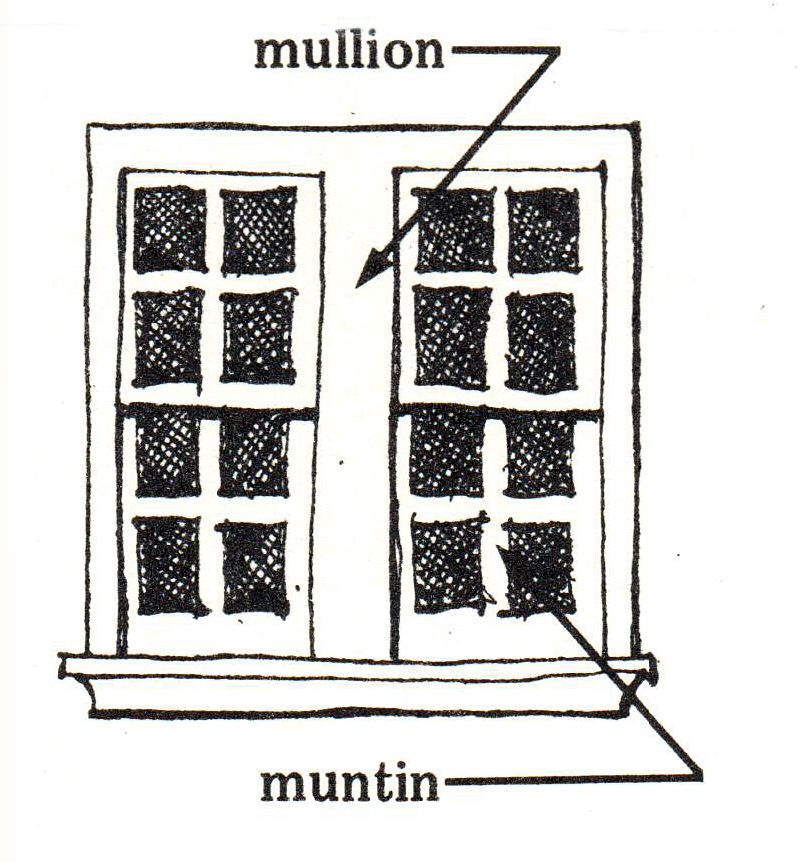
MUNTINS
The narrow wood bars that hold and separate panes of glass in a window sash. Not to be confused with MULLION, which is a larger, vertical dividing member between multiple windows.
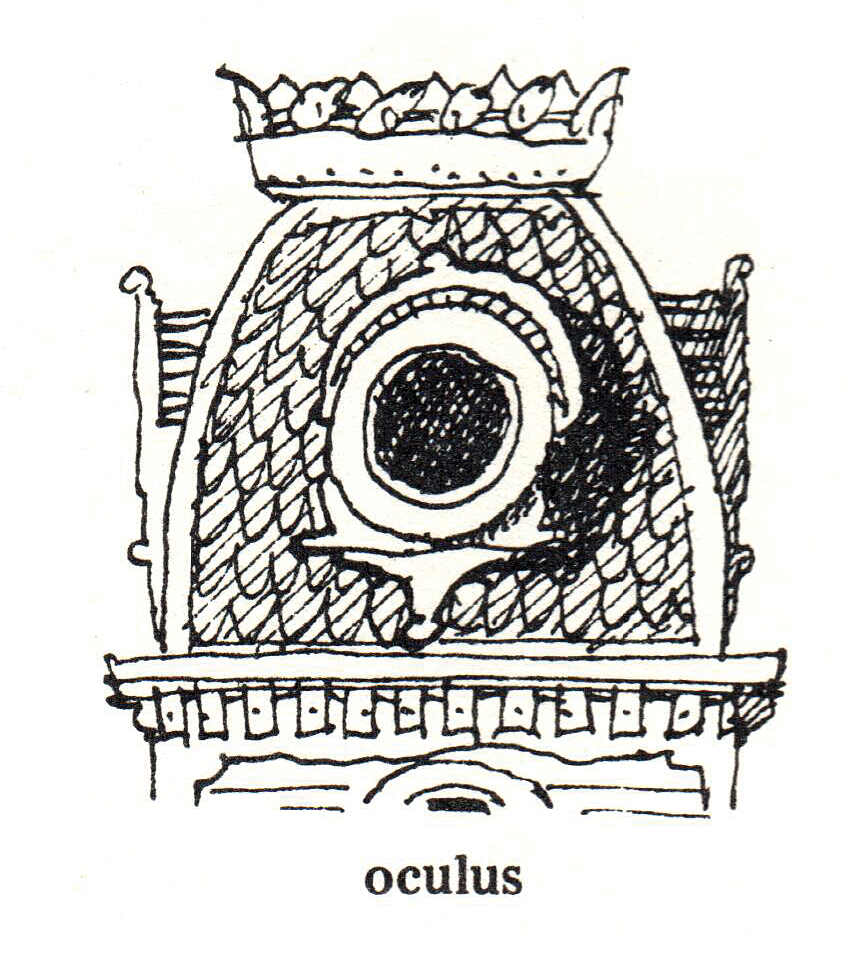
OCULUS
A round or oval window without tracery or muntins. A round oculus is also called a bull’s-eye window (oeil-de-boeuf in French).
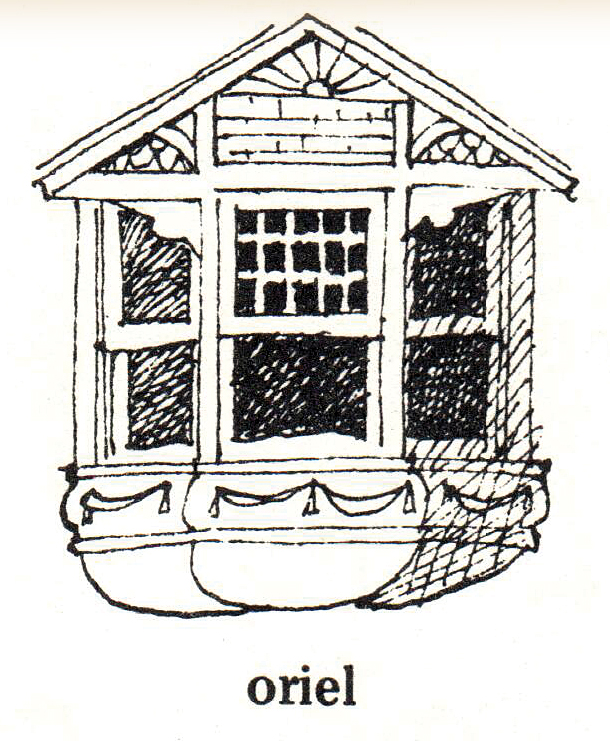
ORIEL
A window projecting from the wall, cantilevered or carried on brackets or corbeling. Unlike a bay, an oriel does not extend to the ground.
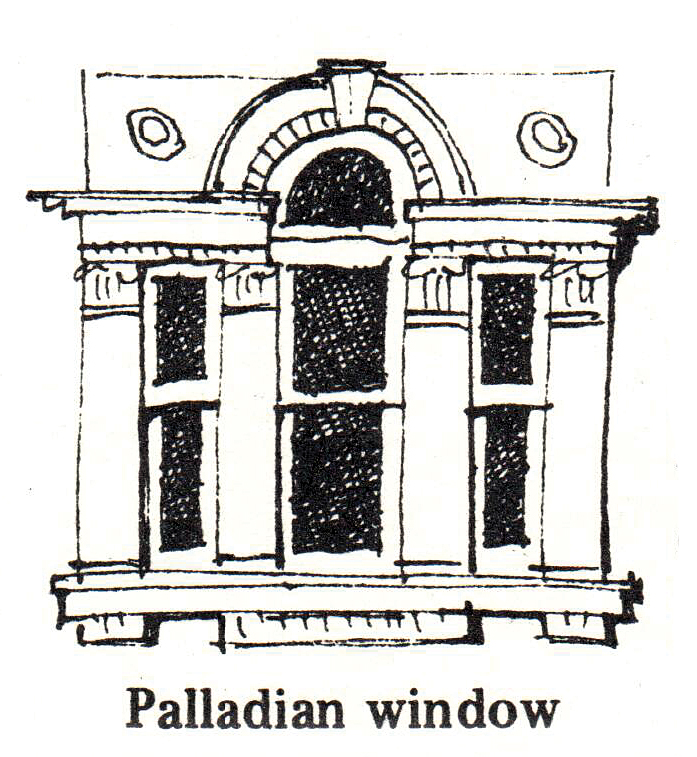
PALLADIAN WINDOW
A tripartite window composed of a central main window having an arched head and on each side a long, narrow window with a square head. Used extensively in many neoclassical styles.
PEDIMENT
A triangle-shaped crowning ornament, meant to suggest the front of a Greek or Roman temple. Often used as caps or hoods on windows in Classical and Colonial Revival buildings.
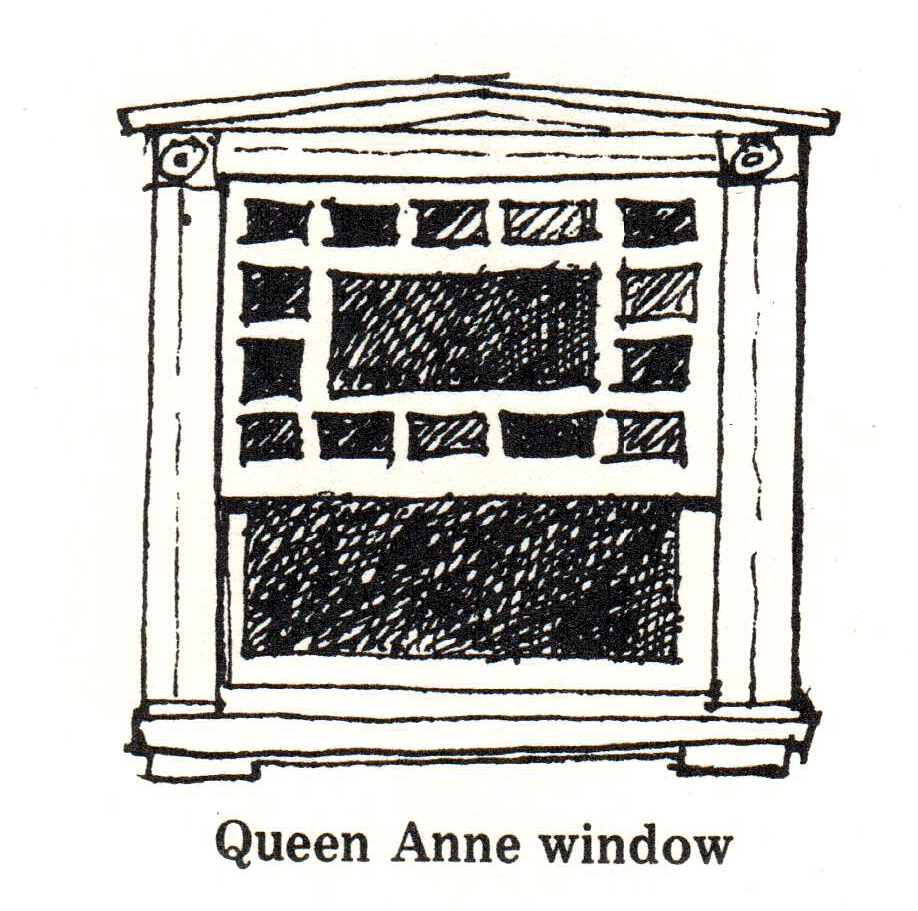
QUEEN ANNE WINDOW
One with small lights (panes) around a large center light; it’s usually used only on the upper sash. Most popular ca. 1878–1910.
SASH
The part of the window that holds the glazing (glass). Most sash is movable, as in double-hung (stacked) and casement windows.
TRACERY
Delicate intersecting lines of muntins or glazing bars that form ornamental designs in a window. The term originally referred to patterns in the upper part of Gothic windows but it can also refer to the delicate glazing patterns in Georgian and Colonial Revival houses.
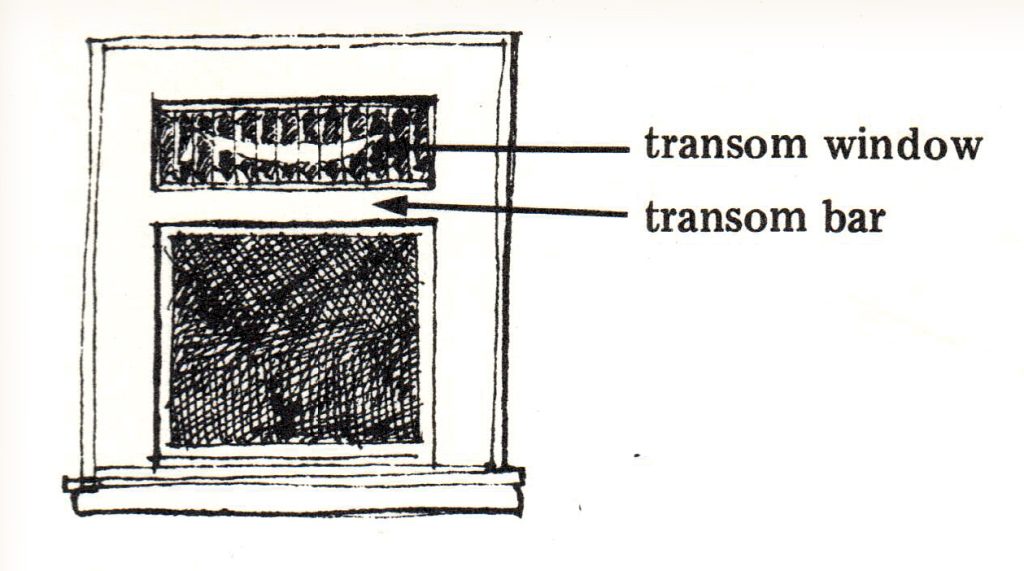
TRANSOM
Any small, horizontal window over a door or window, often operable for ventilation. It may contain stained, leaded, or beveled glass.
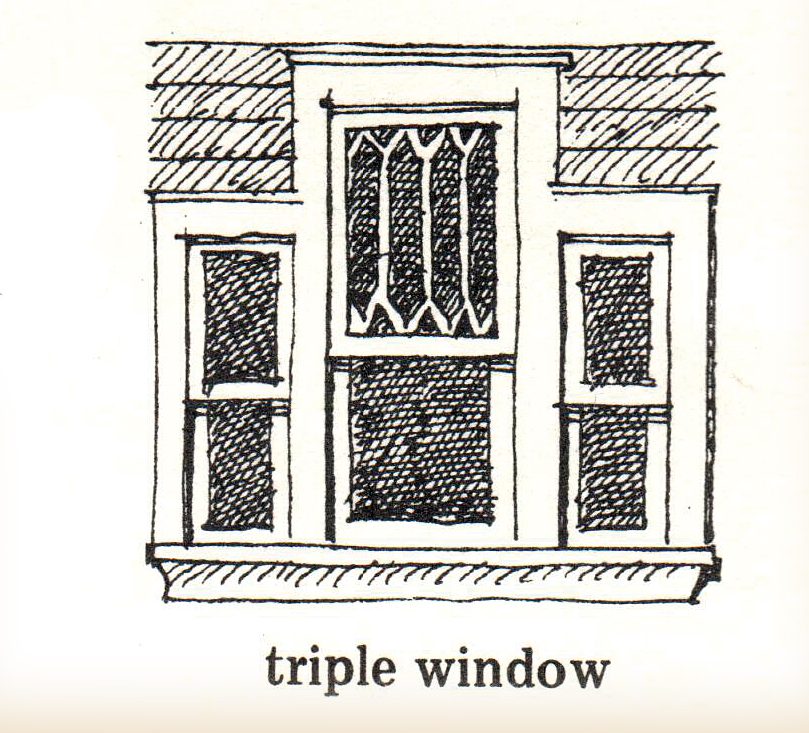
TRIPLE WINDOW
Suggesting Palladian style but less ornate and cheaper to build, it’s any tripartite window with square heads. These often are found in bungalows and 20th-century Colonial-style houses.
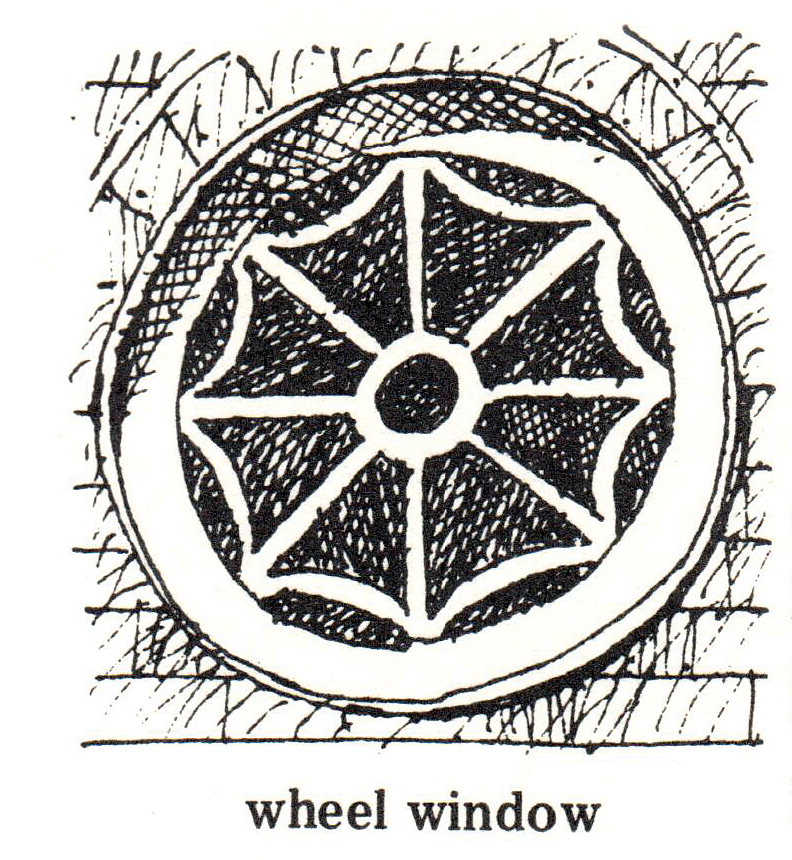
WHEEL WINDOW
A round window with muntins radiating from the center, as in the spokes of a wheel. Also called a Catherine Wheel. Those with tracery and stained glass may be called rose windows.




